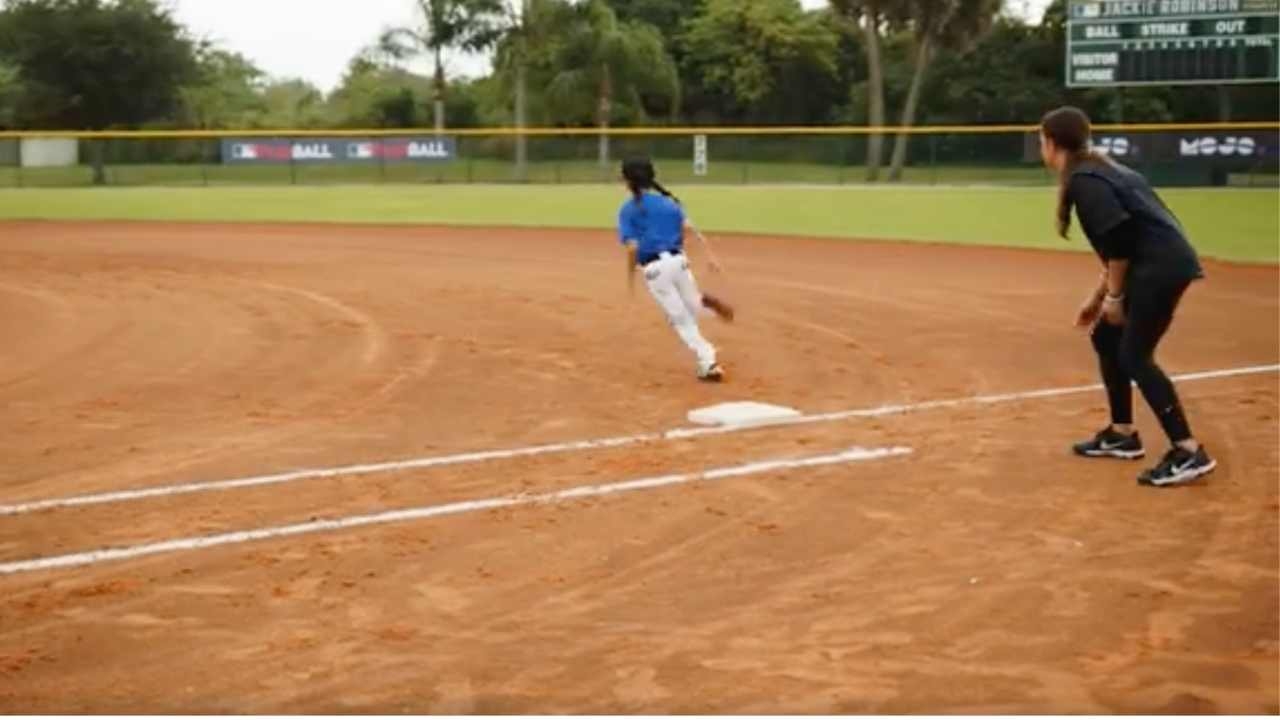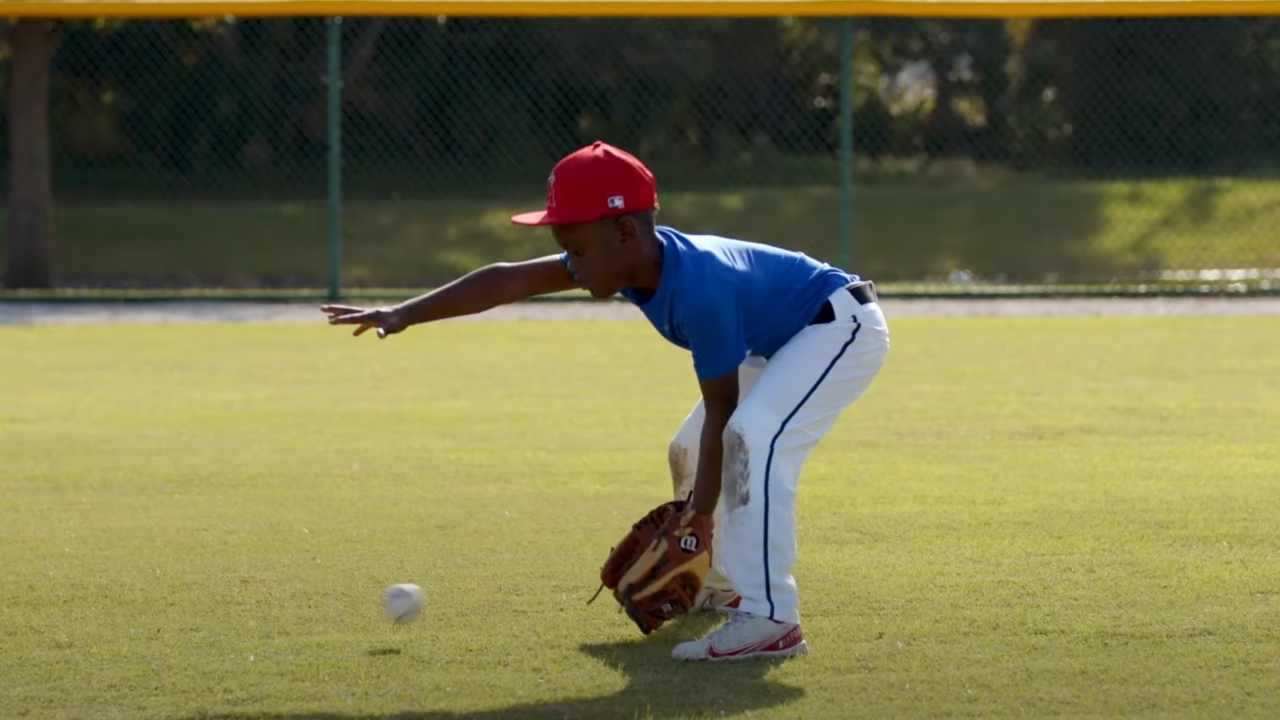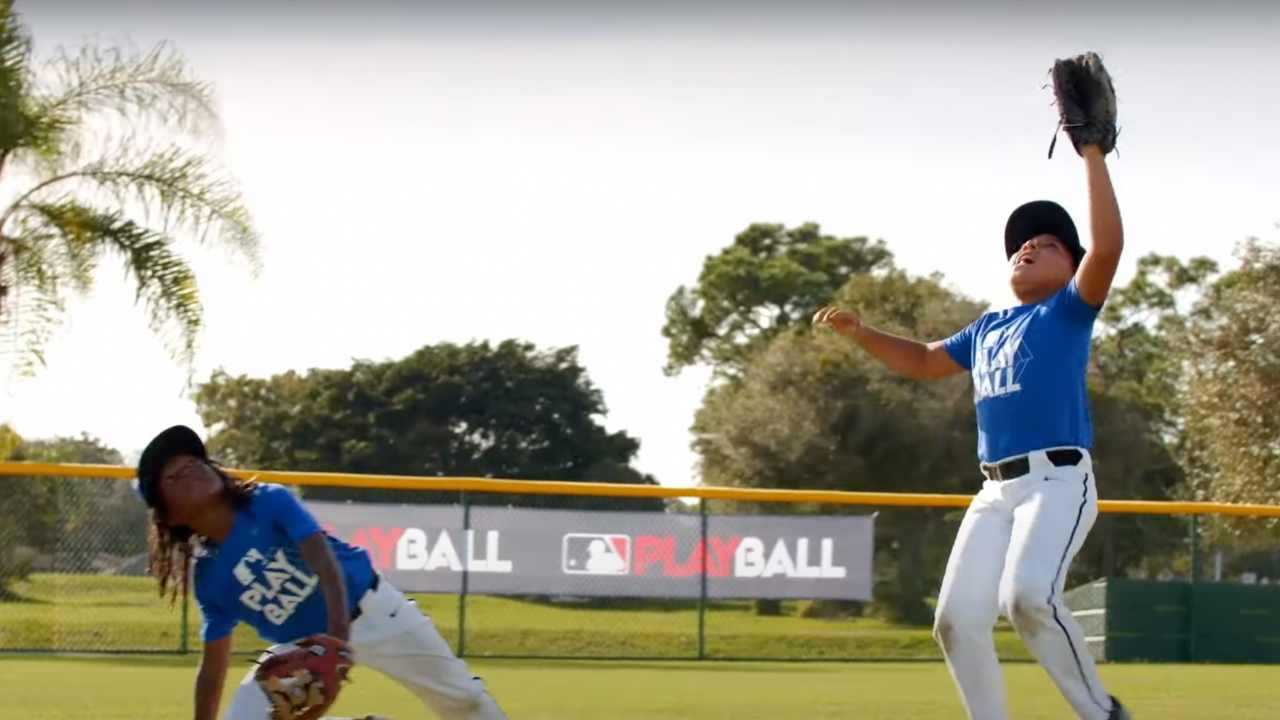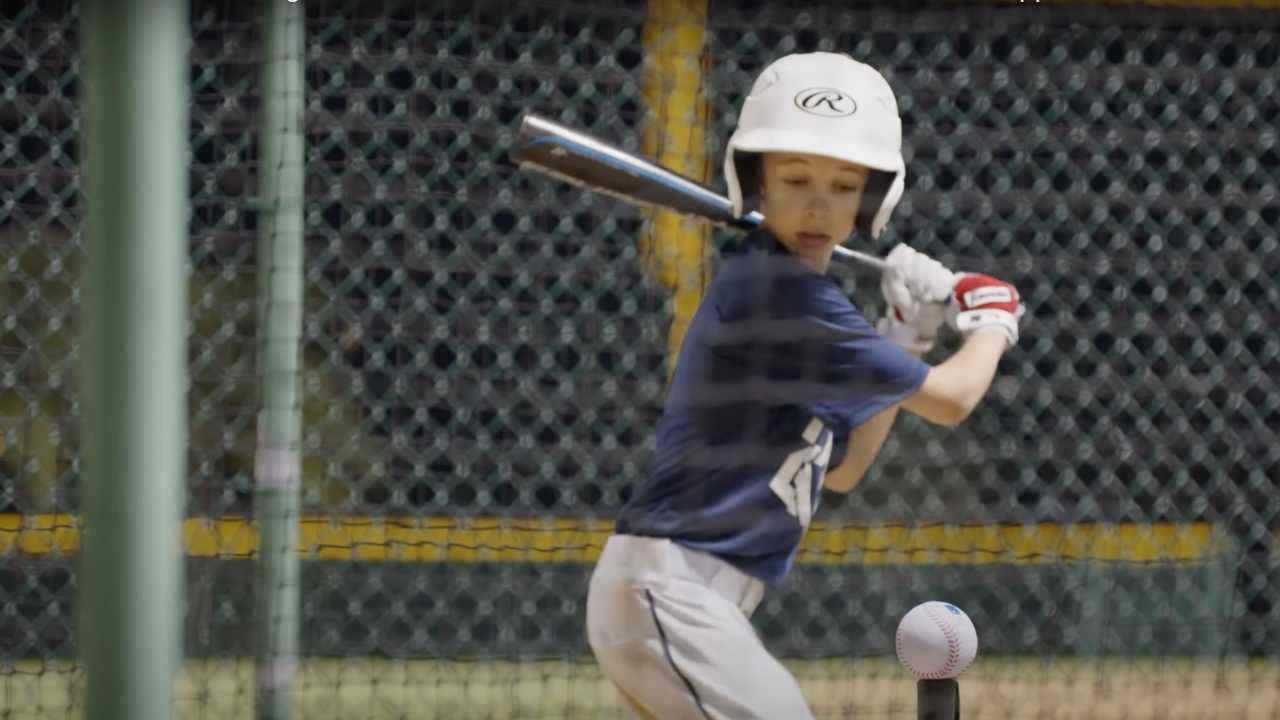The Basics of the Base Hit Turn
Get ‘em ready to head to 2nd
Sue Pierce
| 3 min read

So, your team has got running through 1st base down. Now what? “The next logical step is to teach what to do on a base hit turn,” says Dan Keller, youth baseball coach and founder of Dugout Captain.
At the young ages, you’re probably not going to see too many big hits to the outfield. That said, a base hit turn is a solid fundamental to learn.
What is a base hit turn?
When a ball gets hit to the outfield, a base hit turn is used to continue the runner’s momentum past 1st to 2nd base. It is a banana-shaped curve to the left.
“It’s subtle,” says Keller. After the turn, the runner should slow down in an athletic stance – knees bent, eyes on the ball – ready to either shuffle quickly back to 1st or sprint to 2nd.
Cones FTW
Running drills are always a win with kids. Place two cones, goal-style, one-third to half the distance to 2nd base. Kids run through 1st while coaches encourage an aggressive turn toward the cones.
After players run through the goal, have them break into an athletic stance. Even at young ages, start good habits. Players should be ready to take advantage of an error or scoot back to 1st. No one wants to get caught sleeping!
Hit the corner
Staying in rhythm is key as players run the turn. So is hitting the inside corner of the bag. Stepping on the inside of the base is the most efficient path to 2nd base.
A fun way to practice this skill is to have a coach stand on 1st base with penguin feet – heels together toward the fence, feet covering the other two corners. Only the inside corner is showing. Kids run down the 1st base line and turn, stepping on the inside corner – hopefully avoiding the coach!
The mental game
As soon as it’s clear that the ball is headed to the outfield, players should be laser-focused on a double and the base hit turn.
“That’s where we want the aggressive attitude,” says Keller. Players should always keep going for the next base until they are stopped by the defense.
Constant awareness is crucial. Even if players are casually moving back to 1st base, they need to have their eyes on the ball. Getting picked off is rare for young kids, but it can happen.
“We want athletes to be engaged, to be accountable,” says Keller. Ultimately, they’re the ones making decisions on the diamond.
Dan Keller is part of MOJO’s Partnerships & Strategy team.




